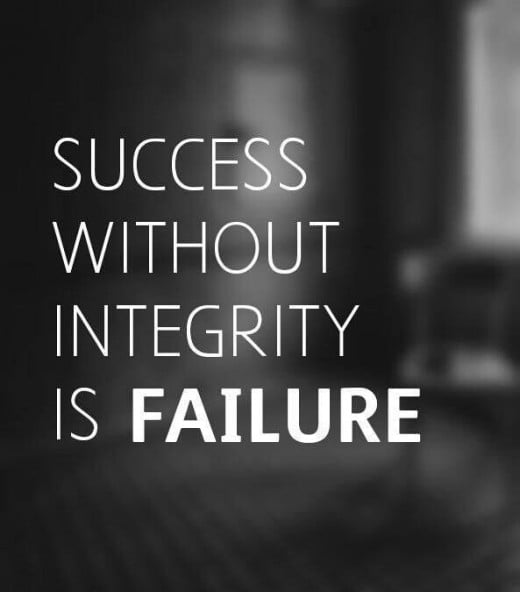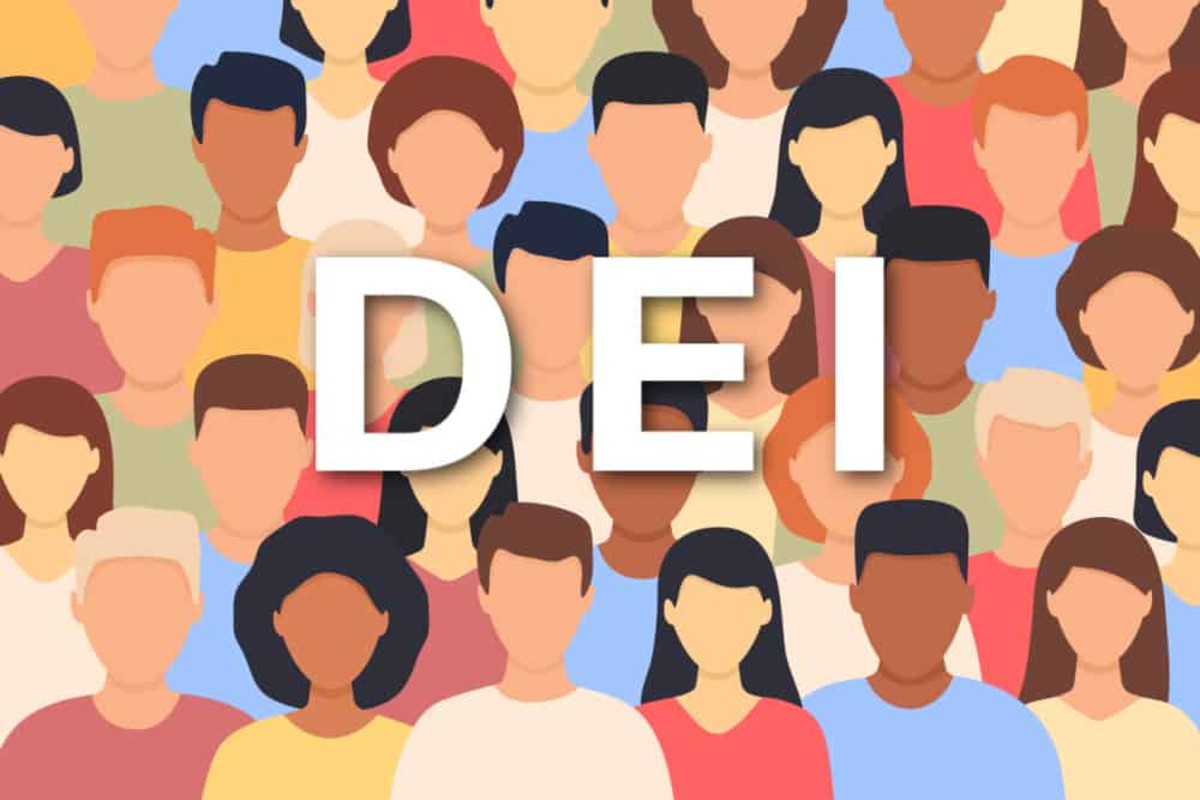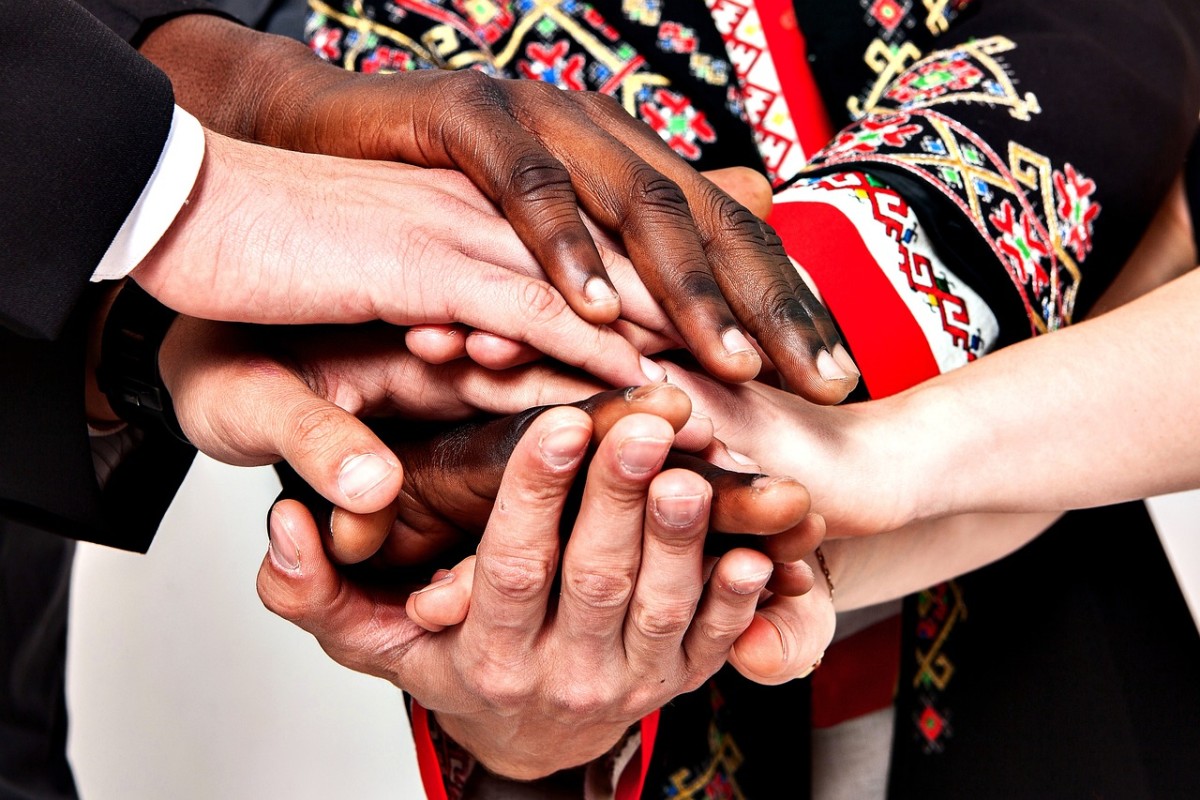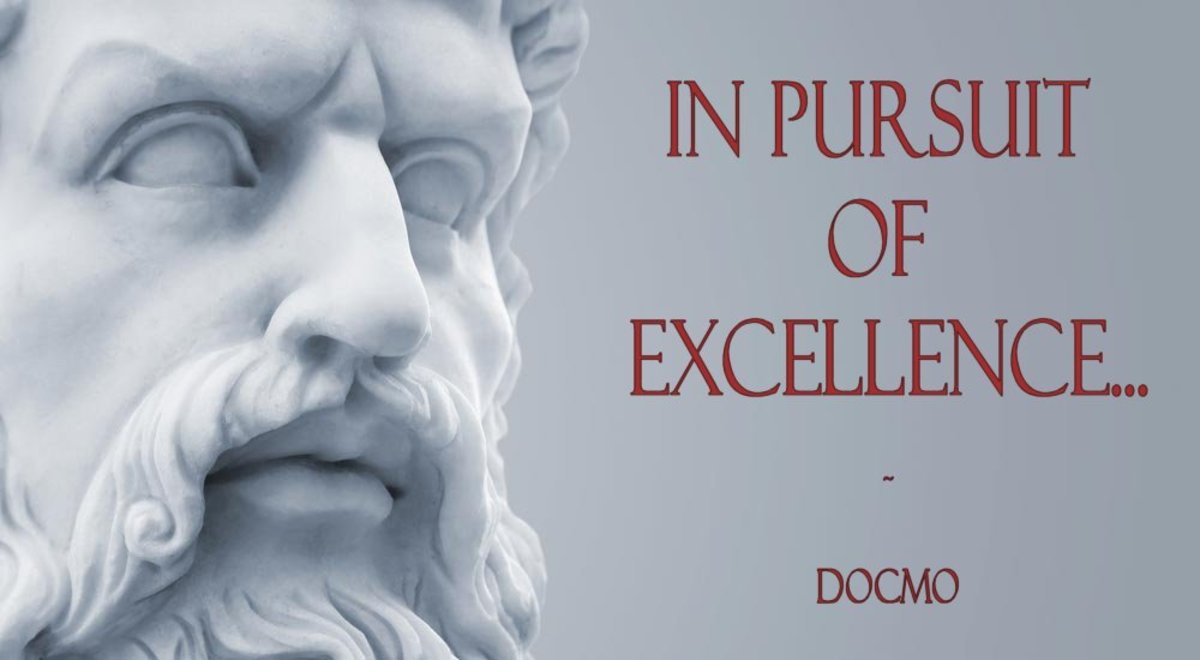DEI is Dead: Shifting Back to Meritocracy

The End of DEI: Why Merit Must Return to the Center
For decades, Diversity, Equity, and Inclusion (DEI) initiatives have been presented as the moral cornerstone of modern institutions. From universities to Fortune 500 companies, DEI offices and officers multiplied in the name of fairness and representation. At its best, DEI aimed to correct centuries of exclusion and bias by creating opportunity for those historically left out. At its worst, however, DEI became a bureaucratic exercise in identity management—well-intentioned in rhetoric but counterproductive in practice. Increasingly, the results speak for themselves: division, resentment, lowered standards, and a waning public trust in institutions that appear more interested in checking demographic boxes than in fostering genuine excellence.
The time has come to acknowledge what many have whispered for years: DEI, as it currently exists, is failing. Merit-based employment and recruitment are not only fairer but more effective. Diversity can still be a strength, but it should never be prioritized over competence. Societies flourish when excellence is rewarded, when people are hired or admitted because of what they can do, not what demographic category they represent. The moral legitimacy of a system depends on merit, not optics.
From Moral Imperative to Bureaucratic Ideology
DEI began as a moral project rooted in the civil rights movement, when institutions sought to expand access and correct discrimination. For a time, those efforts yielded important gains. But over the past decade, DEI has metastasized into a rigid ideology. Its focus shifted from opportunity to outcome, from removing barriers to engineering representation. Hiring committees and admissions offices are now routinely pressured to consider racial or gender “balance” as an end in itself. Trainings and seminars often frame success through identity, not individual achievement. The underlying assumption is that if group outcomes differ, the system must be unjust. But this reasoning is deeply flawed and impossible to sustain without distorting standards.
When institutions begin to make decisions based primarily on identity rather than ability, performance inevitably suffers. Lowering expectations in the name of inclusion does not help those it purports to serve. It breeds cynicism, both among those who feel excluded for the “wrong” demographics and those who are promoted for the “right” ones but privately wonder if they were chosen for their competence or their category. In this way, DEI often harms precisely the people it aims to empower.
The Collapse of Trust
Any system survives on legitimacy. People must believe that advancement is earned. When promotions, admissions, or recognitions appear to hinge on identity, trust in the fairness of the system erodes. This is one of DEI’s unintended consequences: it undermines faith in institutions by creating the impression that outcomes are politically manipulated. Employees or students who suspect that standards have been bent in the name of diversity begin to question whether excellence is still valued. Those selected under such systems must work twice as hard to prove they belong, not because they lack talent, but because the institution’s own message has cast doubt on its commitment to merit.
This dynamic corrodes both morale and cohesion. It fuels resentment across groups and feeds the very polarization DEI was meant to heal. Instead of cultivating unity, DEI often institutionalizes difference, reducing individuals to representatives of their demographics. When identity becomes a credential, people stop seeing one another as colleagues or peers and start seeing each other as competitors in a zero-sum game of representation.
The Backlash and the Retreat
The corporate and academic backlash against DEI is well underway. Major companies have quietly scaled back or dissolved DEI departments, citing inefficiency, fatigue, or even legal risk. Universities have faced lawsuits alleging discrimination against certain racial or gender groups. The U.S. Supreme Court’s 2023 decision striking down race-based college admissions was a clear signal that DEI’s legal foundations are crumbling. The public mood has also shifted. Surveys show increasing skepticism toward DEI programs, particularly among younger workers who view them as political rather than principled.
These retreats are not merely political reactions but pragmatic responses to dysfunction. Companies and colleges that placed heavy emphasis on DEI metrics often found themselves spending vast resources on initiatives that did little to improve productivity, innovation, or belonging. DEI bureaucracies grew, but results stagnated. Consultants made millions. Employees rolled their eyes at yet another mandatory “unconscious bias” training. The rhetoric of equity became detached from real performance, and the return on investment proved negligible.
Merit as the Measure of Fairness
Merit-based systems are not perfect, but they are the fairest structures humanity has ever devised. They reward skill, preparation, and performance rather than heritage or social category. Meritocracy affirms the dignity of achievement and the belief that anyone, through effort and excellence, can rise. A system that prizes competence creates strong institutions and earns public respect. It is not exclusionary; it is empowering. It tells every person, regardless of background, that success is attainable through their own efforts.
Critics of meritocracy often point out that it can perpetuate privilege, since those with access to better education and resources have an advantage. This is a valid critique, but it does not invalidate the principle of merit itself. The correct response is not to discard merit but to widen access to its prerequisites: better schools, mentorships, scholarships, and training. Equalizing opportunity is very different from equalizing outcomes. The first fosters fairness; the second requires favoritism. The solution to unequal preparation is not to lower the bar but to ensure more people are equipped to reach it.
Diversity as a Byproduct, Not a Policy
There is nothing inherently wrong with diversity. In fact, genuine diversity of thought, experience, and background can enhance creativity and problem-solving. But such diversity emerges naturally when institutions recruit broadly and select the most capable candidates from a wide pool. It does not need to be manufactured through quotas or preferential treatment. When merit guides selection, diversity tends to follow. When diversity guides selection, merit often suffers.
A team composed of competent individuals from varied backgrounds is strong. A team assembled primarily for its demographic variety but lacking competence is weak. The difference is not philosophical but practical. Society benefits most when inclusion grows out of excellence, not at its expense. Diversity should therefore be viewed as a valuable byproduct of fair and open competition, not as a standalone goal.
The Economic and Social Costs of Lowering Standards
A growing number of economists and organizational theorists argue that DEI, as currently practiced, has measurable costs. When hiring or admissions criteria are distorted by non-performance-based factors, efficiency declines. The best candidates may be overlooked. Productivity can drop, morale suffers, and innovation slows. The idea that identity-based hiring automatically yields creativity is not supported by evidence. Competence remains the decisive factor in long-term success.
Moreover, the proliferation of DEI bureaucracy drains resources from core institutional missions. Universities hire DEI officers while cutting academic programs. Corporations fund training sessions while neglecting professional development. Taxpayers and shareholders pay the bill for symbolic initiatives that deliver little. The opportunity cost is immense. Every dollar spent on hollow virtue signaling is a dollar not spent on research, teaching, or product innovation.
The Psychological Toll
There is also a subtler harm. DEI culture often infantilizes its supposed beneficiaries by implying that they cannot succeed without special help. This message is toxic. It tells minorities, women, and underrepresented groups that they are perpetual victims of circumstance, in need of bureaucratic advocacy rather than personal agency. Instead of cultivating resilience and confidence, it breeds dependence and fragility. When individuals internalize the idea that success depends on identity rather than effort, ambition weakens. The most pernicious effect of DEI is not division but learned helplessness.
By contrast, merit-based systems affirm agency. They say: your effort matters. Your preparation matters. Your competence matters. They treat individuals as autonomous adults capable of excellence, not as categories to be managed. The psychological difference between being hired for what you can do versus who you are cannot be overstated. The former generates pride; the latter breeds suspicion and shame.
The Myth of “Inclusive Excellence”
Some defenders of DEI now prefer the term “inclusive excellence.” The phrase suggests that diversity and merit can coexist harmoniously, that inclusion enhances excellence. In principle, this is true. In practice, however, “inclusive excellence” often functions as a rhetorical shield for lowering standards. Institutions invoke it to justify decisions that prioritize demographic balance over performance. When everyone is told they are excellent simply because they are included, the word “excellence” loses meaning.
True inclusion requires rigor. The best way to include someone is to equip them to compete fairly and succeed on equal terms. Anything less is condescension disguised as compassion. Real equity does not mean adjusting the finish line for different groups; it means ensuring everyone starts the race with a fair shot and then letting ability determine the outcome.
The Legal and Cultural Reckoning
The legal environment is shifting rapidly against DEI. Several lawsuits have challenged corporate diversity programs as violations of civil rights law, arguing that they discriminate against disfavored groups. In 2025, the Equal Employment Opportunity Commission began scrutinizing DEI programs that appear to impose quotas or preferences. The legal tide reflects a deeper cultural one: the growing recognition that equality before the law cannot coexist with identity-based favoritism. The civil rights vision was colorblind opportunity, not perpetual race consciousness.
In higher education, the implications are equally profound. Universities that built admissions systems on identity preferences are now reeling from the Supreme Court’s rejection of affirmative action. Some are exploring “proxy” methods for racial balancing, such as socioeconomic factors, but the underlying reality remains: society is losing patience with ideological social engineering. The public wants fairness, transparency, and performance.
The Practical Path Forward
What replaces DEI is not a return to old exclusionary systems but a recalibration of priorities. Merit must again become the organizing principle of education and employment, but it must be a meritocracy that acknowledges unequal preparation and works to correct it at the root. That means investing in early education, mentorship, and access to opportunity. It means eliminating unnecessary credential barriers that keep capable people out. And it means judging every applicant—student or employee—by clear, performance-based criteria.
This model could be called Merit, Excellence, and Integrity (MEI), as some have suggested in contrast to DEI. MEI reframes fairness around the measurable: what you can do, what you have achieved, and how you uphold shared standards. It eliminates the paternalism of identity politics and replaces it with the empowerment of earned success. In such a framework, diversity remains welcome but no longer compulsory. It arises organically from open competition, not from bureaucratic mandate.
The Broader Cultural Shift
Re-emphasizing merit is not just an administrative reform but a cultural reorientation. It requires rejecting the soft bigotry of low expectations and the moral vanity of symbolic virtue. It demands courage from leaders to articulate what many know instinctively: equality of opportunity does not guarantee equality of outcome, and that is not a problem to be fixed but a reality to be understood. Human excellence is unevenly distributed, and societies thrive when they allow that excellence to rise, regardless of where it comes from.
The shift away from DEI does not mean ignoring historical injustice. It means addressing it intelligently. Instead of lowering standards to manufacture equality, we should raise preparation to make competition fair. Instead of teaching students to view themselves as victims of systemic bias, we should teach them to master skills that make bias irrelevant. That is the difference between pity and empowerment.
A Better Vision of Fairness
A society based on merit is not cold or indifferent. It is, in fact, the most humane system imaginable because it treats people as individuals capable of achievement. It refuses to reduce them to their identities. It honors both excellence and effort. It also cultivates diversity in the truest sense, because when everyone competes freely, success emerges from every corner of society. The world does not need more demographic balancing; it needs more excellence from all backgrounds.
Merit-based systems also generate trust and cohesion. When people know the rules are fair and the criteria clear, they accept outcomes even if they lose. They respect winners because the contest was legitimate. In contrast, DEI systems obscure criteria and politicize outcomes. They transform success into suspicion and failure into grievance. The result is not inclusion but antagonism.
Conclusion
DEI’s failure does not mean diversity itself is undesirable. It means the bureaucratic model of enforcing diversity through identity-based selection has reached the end of its usefulness. Institutions that cling to it will continue to bleed credibility, morale, and performance. Those that pivot to merit will not only perform better but regain the moral authority that comes from fairness. The future belongs to systems that value skill, intelligence, and effort—systems where diversity is welcomed but never weaponized.
Merit-based employment and recruitment are not only the right thing to do; they are the only sustainable way forward. Societies that prioritize excellence over ideology become stronger, wealthier, and more united. Those that mistake equity of outcome for justice collapse under their own contradictions. DEI, as it exists, is an experiment that has run its course. It should be retired with gratitude for its intentions and replaced with a renewed commitment to merit, opportunity, and truth.
In the end, diversity can be a strength, but competence is the foundation. Without it, all the representation in the world amounts to nothing. A just society rewards ability, not identity. It is time we remembered that.
This content reflects the personal opinions of the author. It is accurate and true to the best of the author’s knowledge and should not be substituted for impartial fact or advice in legal, political, or personal matters.
© 2025 The Professor








